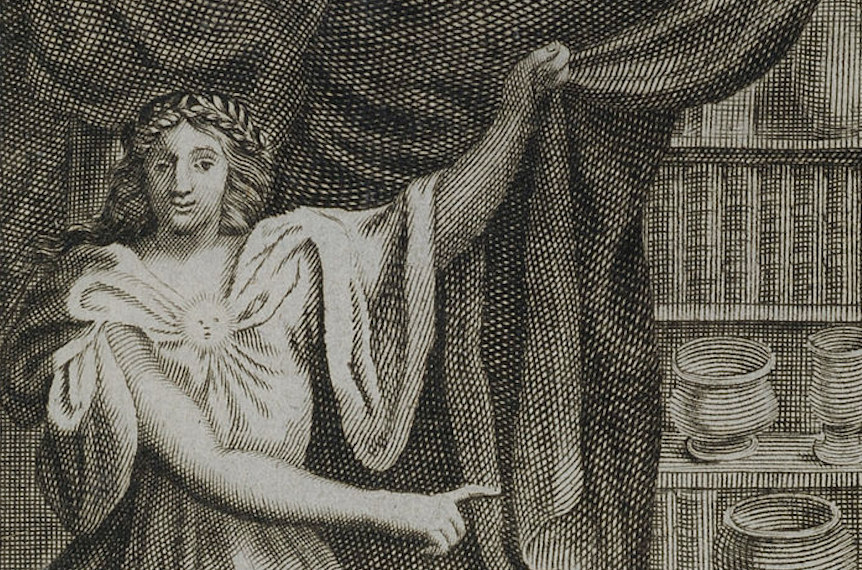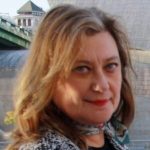This chemist was born in Paris in 1610. She stands out especially for being the author of one of the first works written on topics related to chemistry and pharmacy by a woman and for women.
Her book, titled La Chymie Charitable et Facile, en Faveur des Dames (Useful and Easy Chemistry for Women), is considered the first book expressly aimed at a female audience. In it, she presented ideas and thoughts that challenged the mindset of her time: she believed that “the mind has no sex,” and that if women were educated as thoroughly as men, and if the same time and resources were invested in their instruction, they could equal them.
The book is divided into six parts. The first five follow the format of the chemistry textbooks of that era, whose main goal was the preparation of medicines.
Marie Meurdrac explained basic chemical operations and procedures to obtain remedies from a wide variety of plants, animals, and minerals.
- In the first part, she discusses the principles of alchemy.
- The second part is about making medicines and ointments for various ailments.
- The third part focuses on animals.
- The fourth part explores metals, especially mercury and antimony.
- In the fifth part, she offers advice and methods to enhance beauty (some of which are still in use today).
- The sixth part contains symbols, instruments, and methods for producing chemical products.
In this final section, she not only explained how to prepare makeup or hair dyes but also warned of the dangers of many substances commonly used in cosmetics at the time.
In her introduction, she shares her doubts about publishing the work, knowing that society would not easily accept a woman teaching and sharing such knowledge—she feared criticism.
In the book, she expresses a crucial idea: knowledge should be freely accessible to all people. Through this belief, she sought to break the isolation in which women were often kept.
The experiments and preparations described in her treatise could be reproduced using rudimentary equipment, though Marie Meurdrac recommended that her readers either commission the preparations or attend practical courses in her laboratory.
Her work combined many traditions from around the world: Greek and Egyptian philosophies, astrology, Kabbalah, magic, and Eastern influences.
One of her goals was the technique of transforming common metals such as copper or lead into their purest state: gold.
Her work is so important that in 1999, a new edition of her book was published in France.
Article translated from Diario Feminista
Diversity and Gender Advisor. Tutor Professor at UNED. Secondary School Teacher of Spanish Language and Literature.


